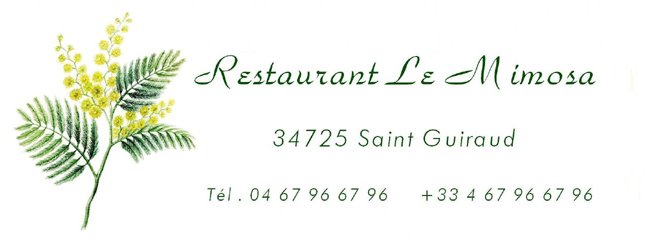1 mars 2000
Aimez-vous Brahms?
Born in 1833, Brahms proved himself to be the "3rd B", a natural successor to Bach and Beethoven. As a young boy however
he supplemented his parents' meagre income by playing the piano in the dockside taverns of Hamburg, and this gave him a real feeling for European folk and popular music.
HUNGARIAN DANCES (1880)
Books 3 & 4
In 1853 he toured Germany with the Hungarian virtuoso-violinist Remenyi whose custom it was to finish each concert with a Hungarian number that Brahms improvised the accompaniment to. The first 2 books of Hungarian Dances are based upon this material. The 1880 collection however is entirely original, but permeated with Romany characteristics - tremulos, syncopations, displaced accents, cross-rhythms etc.
WALTZES. Op.39
These 16 Waltzes, first performed by Clara Schumann and Albert Dietrich at a party given by the Grand Duchess of Oldenburg on 23rd November 1866, endure as one of the pearls of C19th dance literature - a refinement of waltz, landler, czardas and carnival balls.
xxxxxxxxxxxxxxxxxxxxxxxxxxxxxxxx
VARIATIONS on a Theme of Robert Schumann. Op. 23
The year 1853 was of great significance to Brahms. Through Remenyi he met Josef Joachim (who became a life-long friend) and through Joachim he met Schumann who immediately recognised his genius and gave him unconditional support.
On Feb.17th 1854 Schumann awoke in a delirium and noted down a theme which he believed had been dictated to him by the spirits of Schubert and Mendelssohn,although it was in fact a memory of the slow movement of a violin concerto he had written for Joachim.This profound and poetic set of Variations is Brahm's personal tribute to his friend and mentor.
HUNGARIAN DANCES (1869)
Books 1 & 2
These first 2 books of Hungarian Dances were an immediate success on publication and won Brahms international fame. However, Nittinger, Travnik, Sarkozi and even Remenyi himself were among the actual composers of this Gipsy Virtuoso music which included such well-known numbers as Danse du Rosier, Souvenir de Kalocsay and Makoc Czardas.
Inscription à :
Publier les commentaires (Atom)


Aucun commentaire:
Enregistrer un commentaire